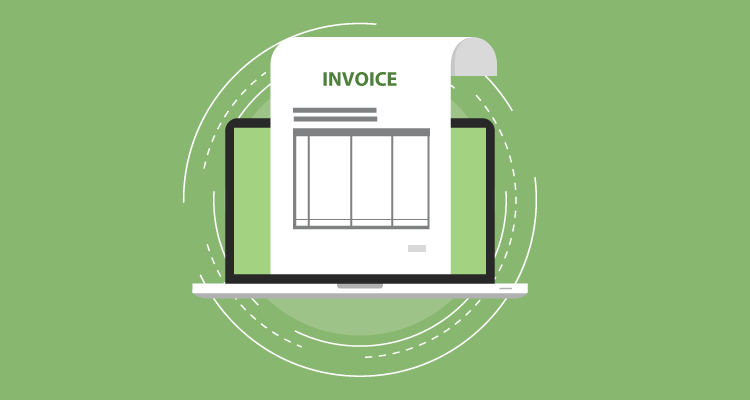Did you know that 90% of all invoices worldwide are still processed manually? I personally have been a little taken back by those stats as that really sucks. The true cost of an invoice is costing business owners millions in non-payment. That being said, there are vast amounts of benefits to electronic invoicing. The main point seems to be decreasing the amount of repetitive and time-consuming tasks involved with creating invoices. There is also a noted improvement in cash flow.
With the accessibility of cloud-based platforms, and government initiatives, it is predicted that more businesses will jumped on the e-invoicing bandwagon. Maybe some businesses won’t make the switch until they realize how much an invoice actually costs their small business.
Table of Contents
ToggleThe True Cost of an Invoice
There isn’t one exact figure to give us the cost of manual invoices. Various experts, like Sterling Commerce, have found that the average cost of a paper invoice can range anywhere between $12 to $30.
Concur states that on average its costs $12.90 to process a single invoice. The Accounts Payable Network, via Beanworks, notes that the average cost to process a single invoice is closer to $15.
However, companies with a more complex AP process can expect costs to peak at nearly $40 per invoice.
The experts listed above have agreed that automated invoicing is significantly cheaper. Sterling states that fully-automated invoices cost just $3.50 per invoice to process.
Concur notes that automation “delivers an average of 29% reduction in invoice processing costs, which can translate to $300,000 per year for an organization that processes up to 10,000 invoices per month.”
However, the Accounts Payable Network claims that automaton has “significant savings of 60-80% over manual processing with average per invoice costs lowered to $5 or less per invoice.”
Regardless of the exact figure, it doesn’t take a ton of data to realize that manually processing invoices is a pricey endeavor.
The following gives some valid reasons:
-
Direct Costs
These are the costs related to the paper, ink, and postage costs involved with paper invoices. This will vary from business to business, but it’s going to set you back 47 cents just to mail a first class letter. That doesn’t send like much, but if you’re sending out 10 invoices a week that adds up.
If you want to figure out how much it costs you to print each page, Chron.com can stir you in the right direction. With e-invoicing, you don’t have these costs since they’re sent electronically. -
Indirect Costs
These are the expenses needed to complete a task. There is paying an employee to put paper invoices into envelopes. The time it takes you to enter all the relevant data needed to produce an invoice, like the client’s name, address.
Itemized list of services or products provided take time to set up. -
Hidden Costs
There could potentially be several hidden costs when it comes to invoicing. Invoice lag creates a negative cash flow. It takes days for the client to receive, review, and send back a bill via snail mail. In the meantime, you don’t have the money to pay an expense and are charged a late fee.Electronic invoices can be paid almost instantly. Furthermore, what if there is an error? This could be resolved in a matter of minutes with electronic invoicing. It’s also been found that it costs over $50 to rectify these errors.
Paper AP invoices cost on average $3.90 and paper AR invoices $1.90 each to store. Investing in cabinets, scanners, and paying someone to organize the bills add up. Since electronic invoices are stored on the cloud, it’s only going to cost you around $1.30.
If you want to calculate your costs of invoice processing, review the following seven factors:
- The time it takes to process and mail the invoices.
- How many hours are spent reviewing each invoice.
- How many hours you spend finding and correcting data entry errors.
- The cost to ship and store each invoice.
- How many hours of productivity you have lost invoicing.
- How much you lost on early-discounts or were charged late fees.
After reviewing these factors, you can use this formula to come up with an estimate:
Personnel costs + late fees + lost discounts + postage costs + storage costs / # of invoices processed = cost per invoice
Ditch the Paper Invoice
If you want to save money, and a ton of time, then you need to ditch the paper invoices.
It reduces the costs associated with paper, ink, and postage. The real cost saver, however, is that it eliminates the need for someone to create, process, manage, and organize all of your bills.
This means you either don’t need to hire someone like a bookkeeper or you can focus on more enjoyable tasks like growing your business.
E-invoicing speeds-up your cash flow and is securely backed-up on the cloud for easy retrieval. It is extremely beneficial for the environment since it decreases the amount of trees being used for paper and the carbon emissions from postage.













